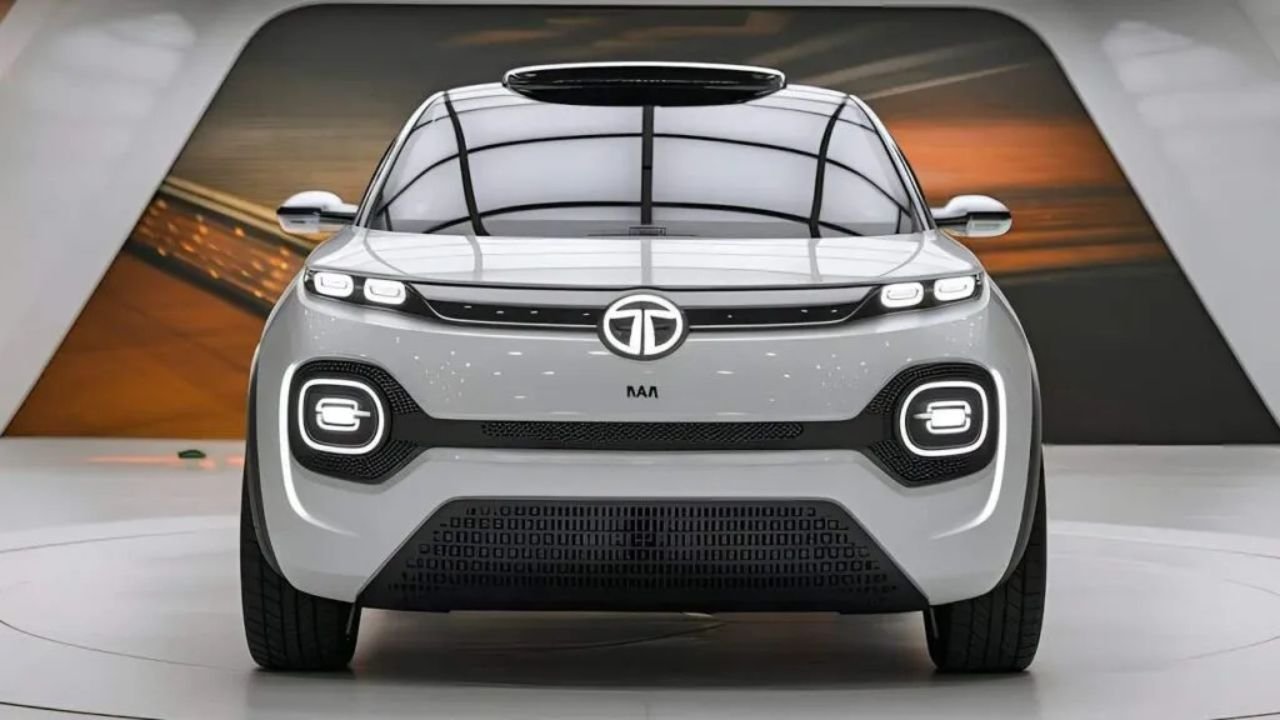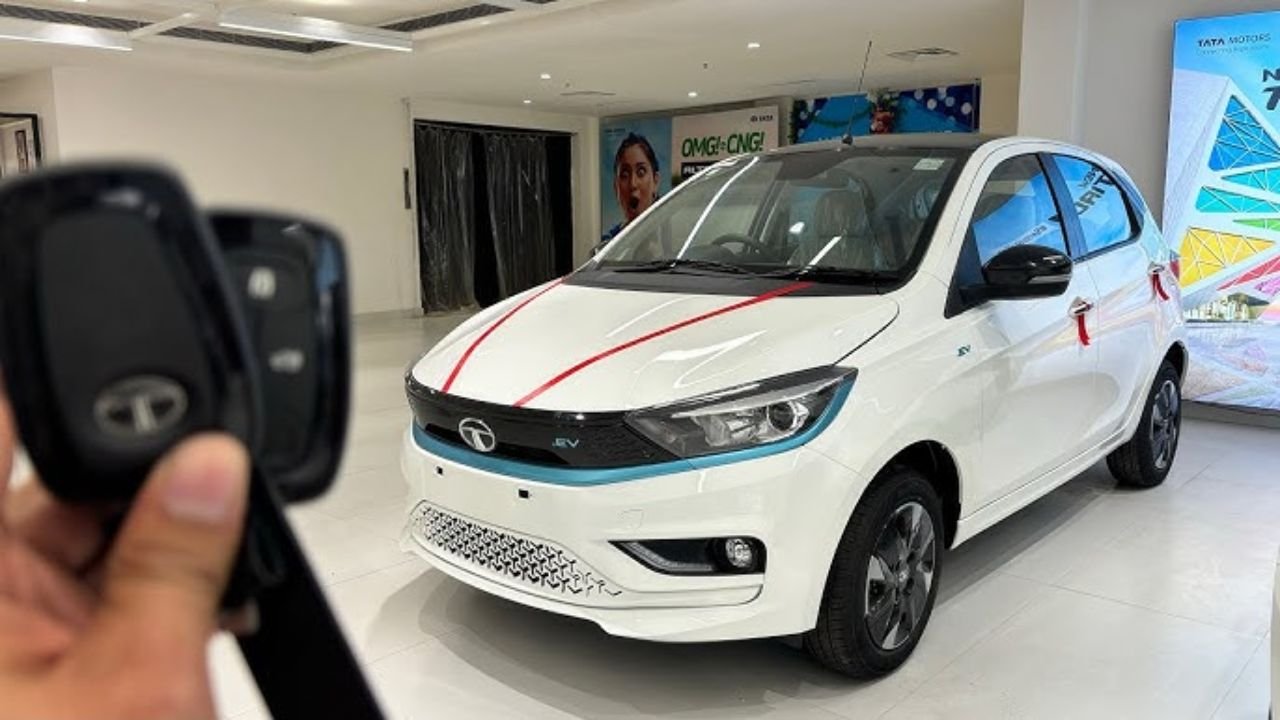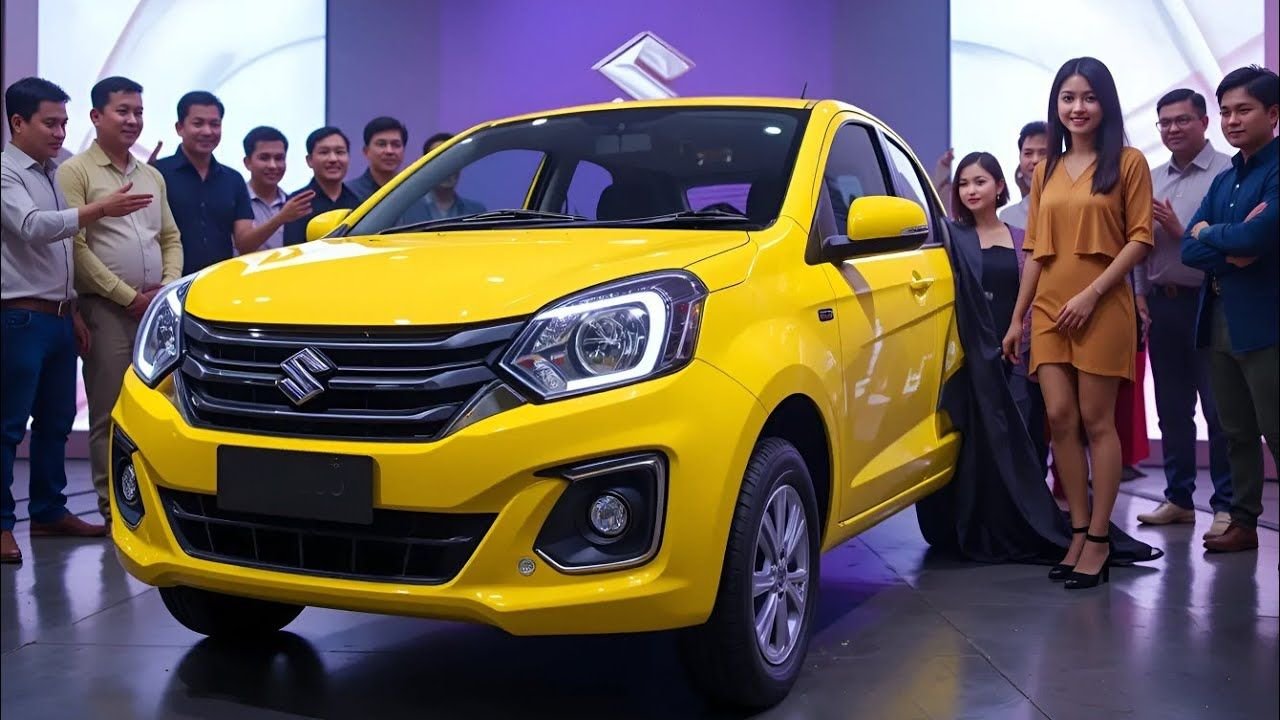Tata Nano EV : Tata Motors is rewriting the rules of affordable electric mobility with the launch of the Nano EV – a compact electric vehicle that promises to bring zero-emission commuting to the masses. Priced at an astonishing ₹2 lakh (ex-showroom), this reinvented icon could become India’s most accessible electric four-wheeler, combining the Nano’s legendary compact dimensions with modern EV technology.
Impressive Electric Powertrain
The heart of the new Nano EV is its 17-25 kWh lithium-ion battery pack, a substantial upgrade from conventional Nano models. This powerplant enables an impressive range of 200-250 kilometers on a single charge – more than adequate for daily urban commutes. The electric motor’s instant torque delivery promises zippy performance in city traffic, while regenerative braking helps maximize range efficiency. Charging options are designed for convenience, supporting both standard home charging and fast-charging capabilities at public stations.
Tata Nano EV: Smart Design for Modern Cities
Tata has retained the Nano’s trademark compact footprint while giving it a contemporary electric makeover. The exterior features a refreshed design language with modern LED lighting, aerodynamic enhancements, and distinctive EV badging. Despite its small size, clever packaging ensures surprising interior space, with seating for four adults in a pinch. The cabin incorporates eco-friendly materials and a simplified, functional layout that emphasizes the car’s urban commuter purpose.
Tech-Savvy Interior
Moving beyond its budget-car origins, the Nano EV comes equipped with several smart features. A digital instrument cluster displays essential driving information along with battery status and range indicators. Basic connectivity options allow for smartphone integration, while thoughtful touches like multiple storage compartments enhance practicality. The minimalist interior design focuses on functionality, with easy-to-use controls and comfortable seating for short to medium commutes.
Perfect for Urban Environments
The Nano EV’s true strength lies in its suitability for congested city streets. Its tiny turning radius makes navigating tight spaces effortless, while the compact dimensions ensure stress-free parking in crowded urban areas. The quiet electric operation reduces noise pollution, and the zero-emission powertrain makes it future-proof against increasingly strict environmental regulations in Indian cities.
Disruptive Pricing Strategy
At ₹2 lakh, the Nano EV undercuts nearly all electric four-wheelers in the Indian market by a significant margin. This aggressive pricing, combined with lower running costs compared to petrol vehicles, could accelerate EV adoption among first-time car buyers and two-wheeler owners looking to upgrade. When factoring in potential government subsidies for electric vehicles, the Nano EV becomes an even more compelling proposition for budget-conscious consumers.
Challenges and Opportunities
While the Nano EV’s specifications are impressive for its price point, questions remain about charging infrastructure in smaller cities and real-world range performance. However, Tata’s extensive dealership network and growing public charging stations could help alleviate these concerns. The vehicle’s simplicity might actually prove advantageous, making maintenance easier and more affordable compared to more complex EVs.
Tata Nano EV: A New Chapter for the Nano
The Nano EV represents more than just another electric car – it symbolizes democratization of EV technology in India. By offering electric mobility at an unprecedented price point, Tata is making a bold statement about sustainable transportation’s future. This could potentially transform the Nano from being known as the “world’s cheapest car” to being celebrated as India’s most accessible EV – a far more prestigious title in today’s environmentally conscious market.
For urban dwellers seeking an affordable, eco-friendly alternative to petrol vehicles and motorcycles, the Nano EV might just be the perfect solution. Its launch could mark a significant milestone in India’s electric vehicle revolution, bringing EV technology within reach of millions of first-time car buyers.








